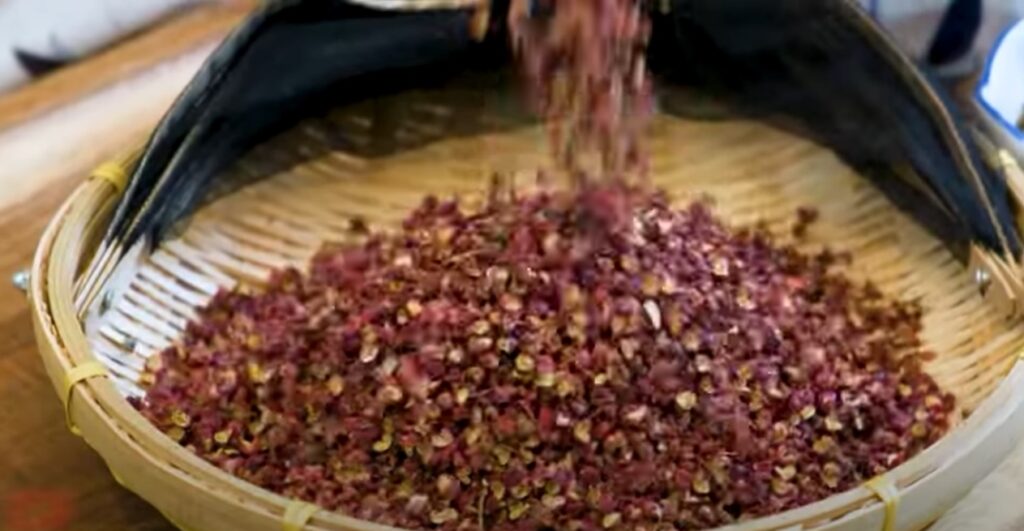Peppercorn: History and Ways to Use

Peppercorn, with its distinctive spicy and pungent flavor, has been a prized spice for centuries. It has played a significant role in culinary traditions around the world and has a rich history that dates back thousands of years. In this article, we will delve into the fascinating history of peppercorn and explore various ways to use it in cooking.
A Brief History of Peppercorn:
Peppercorn has a long and storied history that can be traced back to ancient times. It is believed to have originated from the Malabar Coast of India, where it was cultivated and traded extensively. In ancient Rome, peppercorn was considered a luxury spice and was often used as a form of currency. It was even used to pay taxes and dowries.
During the Middle Ages, peppercorn became highly sought after and was one of the main spices that fueled the spice trade between Europe and the East. The demand for peppercorn, along with other spices, led to the exploration and discovery of new trade routes, including the famous spice route to India.
Types of Peppercorn:
There are several types of peppercorn available, each with its unique flavor profile. The most common types include:
1. Black Peppercorn: This is the most widely used variety of peppercorn. It is harvested when the berries are still green and then dried, which gives it its characteristic black color. Black peppercorn has a robust and sharp flavor.
2. White Peppercorn: White peppercorn is made from fully ripened berries that have been soaked and the outer skin removed. It has a milder flavor compared to black peppercorn and is often used in white or light-colored dishes to avoid visual specks.
3. Green Peppercorn: Green peppercorn is harvested when the berries are still young and immature. It is often preserved in brine or vinegar. Green peppercorn has a fresher and less pungent flavor compared to black peppercorn.
4. Pink Peppercorn: Pink peppercorn is not actually a true peppercorn but rather the dried berries of the Schinus shrub. It has a delicate and slightly sweet flavor and is commonly used as a garnish or in spice blends.
Culinary Uses of Peppercorn:
Peppercorn is a versatile spice that adds depth and complexity to a wide range of dishes. Here are some popular ways to use peppercorn in cooking:
1. Seasoning: Peppercorn is commonly used as a seasoning for meats, vegetables, and sauces. The pungent and spicy flavor of black peppercorn can enhance the taste of grilled meats, stir-fries, and soups.
2. Pepper Grinder: Many people prefer using whole peppercorns and grinding them fresh for maximum flavor. Investing in a good quality pepper grinder allows you to adjust the coarseness of the grind and enjoy the intense flavor of freshly ground peppercorns.
3. Spice Blends: Peppercorn is an essential ingredient in numerous spice blends, such as garam masala, five-spice powder, and steak seasoning. It adds complexity and a spicy kick to these blends.
4. Marinades and Rubs: Peppercorn can be crushed or ground and used as a key ingredient in marinades and rubs for meats. It helps to tenderize the meat and imparts a bold flavor.
5. Pickling: Green peppercorns are often used in pickling recipes, adding a tangy and mildly spicy flavor to pickled vegetables and fruits.
6. Sweet Dishes: While peppercorn is typically associated with savory dishes, it can also be used in certain sweet preparations. A pinch of finely ground black peppercorn can add a subtle heat and complexity to chocolate-based desserts, fruit compotes, or even homemade ice cream.
Tips for Using Peppercorn:
To make the most of the flavor and aroma of peppercorn, consider the following tips:
1. Buy Whole Peppercorns: It is recommended to buy whole peppercorns instead of pre-ground pepper. Whole peppercorns retain their flavor for longer and can be freshly ground as needed.
2. Store Properly: Peppercorns should be stored in airtight containers in a cool, dark place to maintain their freshness. Avoid exposing them to heat and sunlight, as they can lose their flavor over time.
3. Experiment with Different Varieties: Explore the different types of peppercorns to discover the flavors that best suit your palate. Try black, white, green, or even pink peppercorns to add variety to your dishes.
4. Use Peppercorns in Moderation: Peppercorns have a strong flavor, so it’s important to use them in moderation to avoid overpowering the dish. Start with a small amount and adjust according to taste.
5. Toasting Peppercorns: Toasting peppercorns before grinding can enhance their flavor. Simply heat a dry skillet over medium heat and add the peppercorns. Stir them for a minute or two until fragrant, then remove from heat and allow them to cool before grinding.
6. Pairing with Other Spices: Peppercorns can be combined with other spices to create complex flavor profiles. Consider experimenting with combinations such as cumin, coriander, cloves, or cinnamon to add depth to your dishes.
Peppercorn is a versatile and beloved spice that has been used for centuries in culinary traditions around the world. Its history as a highly valued and traded commodity highlights its significance in global cuisine. Whether you prefer the boldness of black peppercorn, the mildness of white peppercorn, or the freshness of green peppercorn, there are numerous ways to incorporate peppercorn into your cooking. By using peppercorn in its whole form, grinding it fresh, and exploring different varieties, you can elevate the flavor of your dishes and enjoy the distinct and enticing taste that peppercorn brings to the table.
Generated by Chat GPT